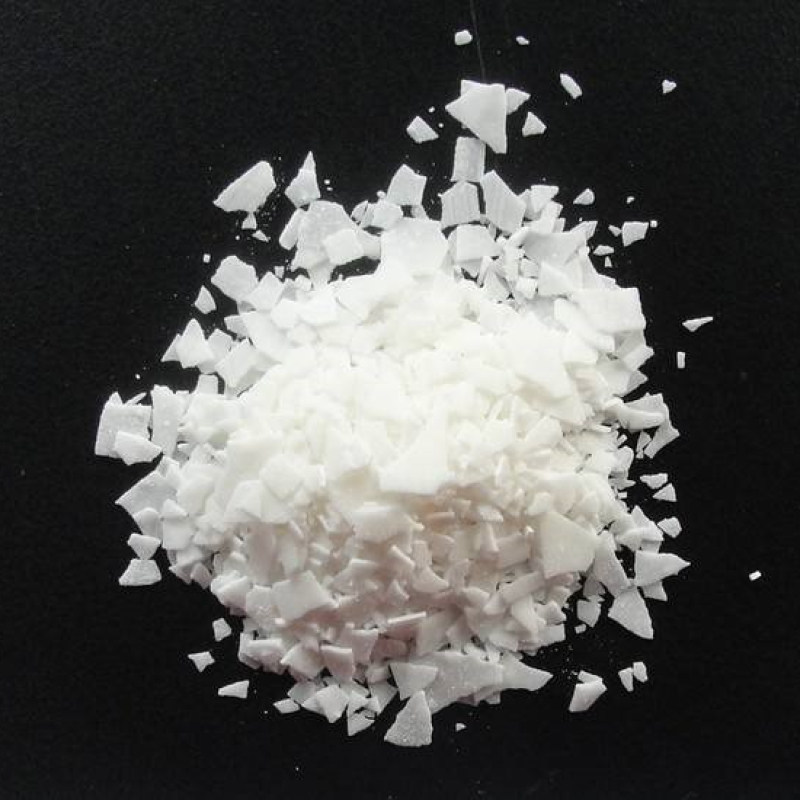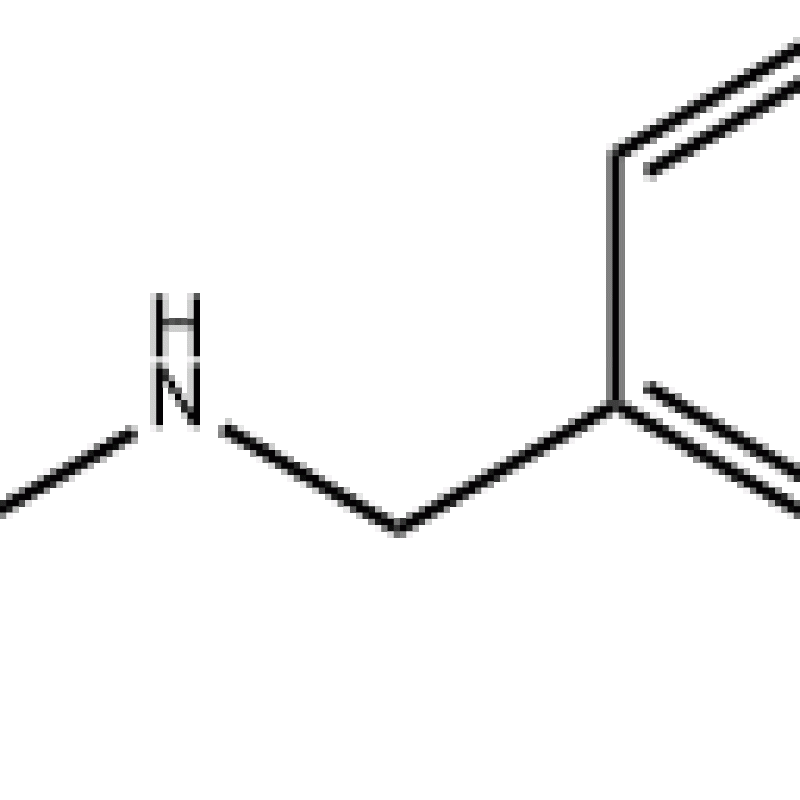Products Description of AMBERLITE(R) IRA-400 (CL) CAS#9002-24-8717 Strong Base Anion Exchange Resin is a chemical substance.AMBERLITE(R) IRA-400 (CL) Chemical PropertiesWater Solubility Insoluble in water.Merck 14,382Safety InformationRisk Statements 36/37/38Safety Statements 26-36WGK Germany 3TSCA YesProduct Application of AMBERLITE(R) IRA-400 (CL) CAS#9002-24-8Used for softening water, preparing high-purity water, refining radioactive elements, extracting iodine from seaweed, refining antibiotics, industrial wastewater treatment, etc.Factory and Equipm
Contact Now
Products Description of ORALITH BRILLIANT PINK R CAS#2379-74-0Reduction of pink red R to thioindigo dyes is mainly achieved by oxidizing unsubstituted or substituted benzo[b]thiophene-3 or naphtho[2,3-b]thiophene using various oxidants such as bromine in a chlorosulfonic acid medium, polysulfides, oxygen in the presence of copper salts, etc.ORALITH BRILLIANT PINK R Chemical PropertiesBoiling point 529.1±50.0 °C(Predicted)density 1.583±0.06 g/cm3(Predicted)storage temp. Sealed in dry,Room Temperatureform SolidColour Index 73360color RedLogP2.06 at 22℃ and pH7E
Contact Now
Products Description of CREMOPHOR (R) A25 CAS#68439-49-6CETETH25 is a nonionic emulsifier obtained by adding natural saturated fatty alcohol and ethylene oxide. CETETH25 (HLB15-17) is an oil-in-water (O/W) emulsifier. When used together with CETETH6, it forms a pair of complementary emulsifiers. The emulsifier pair has a small amount of use and a strong emulsification ability. The prepared emulsion products have high stability and bright appearance. It can tolerate a certain degree of inorganic salts and extreme pH conditions.
Contact Now
Products Description of AMBERLITE(R) XAD-4 CAS#37380-42-0Ion exchange resin is a kind of functional polymer that can exchange with ions of the same sign in aqueous solution. It is essentially a cross-linked polymer acid or polymer base. Phenolic cation exchange resin was first introduced in 1935, and industrial production began in Germany in 1939 and the United States in 1941. After World War II, polystyrene and polyacrylic acid ion exchange resins were put into production one after another. After the 1960s, macroporous ion exchange resins were developed.
Contact Now
Products Description of (R)-(-)-2-Methylpiperazine CAS#75336-86-6 White to light yellow crystalline solid.
Contact Now
Products Description of (R)-(-)-3-Carbamoymethyl-5-methylhexanoic acid CAS#181289-33-8(R)-(-)-3-(Carbamoylmethyl)-5-methylhexanoic acid is solid at room temperature and pressure, soluble in dimethyl sulfoxide, N,N-dimethylformamide and other organic solvents; it has poor solubility in ether solvents and can be used as an intermediate in chiral organic synthesis.
Contact Now
Products Description of (-)-(R)-Mandelic Acid CAS#611-71-2D-mandelic acid is a polar molecule. Because it contains hydroxyl and carboxyl groups, the molecule has a certain degree of hydrophilicity. Since D-mandelic acid is a chiral molecule, its physical and chemical properties are affected by the stereostructure of its molecule. In addition, the acid-base properties of D-mandelic acid are also affected by the molecular structure.
Contact Now
Silicone oil CAS#63148-62-9Silicone oil having a silica structure and is liquid at room temperature and is called as siloxane, referred as silicone oils. The simplest polydimethylsiloxane is as formula [1]. In [2], if the R, R1, R2 are all methyl groups, it is called α, ω-trimethylsilyloxy polydimethylsiloxane, that’s the commonly called silicone oil. It is a linear polymer of a low molecular weight. If R1 and R2 are not a methyl group, then it is not related to this article. Silicone oil is a colorless or light yellow transparent liquid and is odorless and tasteless.
Contact Now
Products Description of Diethylene glycol CAS#111-46-6Diethylene glycol (DEG) is a multifaceted compound with a pivotal role in pharmaceuticals, cosmetics, and textiles. Our firm boasts a robust track record of international collaboration, supplying DEG for applications from liquid medications to skincare formulations and advanced textile dyeing processes. Our R&D arm, in synergy with academic excellence, propels innovation, ensuring our DEG consistently exceeds purity benchmarks, typically at ≥99.9%.
Contact Now
Products Description of Dimethyl terephthalate CAS#120-61-6Dimethyl terephthalate (DMT) is a key precursor in the production of polyethylene terephthalate (PET), widely recognized for its applications in the manufacturing of plastic bottles, fibers, and films. In academic and industrial R&D, DMT is the subject of innovative research, such as its hydrogenation to dimethyl cyclohexanedicarboxylates (DMCD) using bimetallic catalysts, which has demonstrated an 80% conversion rate and 95% selectivity under optimized conditions 43.
Contact Now
Paraffin, Liquid CAS#8012-95-1Mineral oil mist is a colorless, oily liquid aero-sol dispersed in air with an odor like burned lubricating oil.The odor threshold is 1.0 ppm. Specific gravity (H2O:1)=0.865 at 60℃; Boiling point = 250- 360*C; Vaporpressure = <0.5 mmHg at 20℃; Flash point= 193℃;Autoignition temperature = 260- 371℃. HazardIdentification (based on NFPA-704 M Rating System):Health 0, Flammability 1, Reactivity 0. Insoluble in water.Product Name:Paraffin, liquidSynonyms:PARAFFIN VISCID, EXTRA PURE, DAB, PH. EU R., B. P., PH.
Contact Now
Products Description of OP 935 CAS#225789-38-8 As a new type of phosphorus-based flame retardant, diethylaluminum hypophosphite has high thermal stability, chemical stability and environmental friendliness, and can be used as an excellent polymer material flame retardant to replace environmentally harmful halogen flame retardants.OP 935 Chemical PropertieWater Solubility 1.6g/L at 25℃CAS DataBase Reference225789-38-8Product Application of OP 935 CAS#225789-38-8 The main chemical bonds in the structure of diethyl aluminum hypophosphite are P-C, P=O, P-O, and its flame r
Contact Now
Products Description of Sodium hydrogen ferric DTPA CAS#12389-75-2White powder.Sodium hydrogen ferric DTPA Chemical Propertiesdensity 1.607[at 20℃]Water Solubility 113g/L at 30℃LogP-11.9EPA Substance Registry SystemFerrate(2-), [rel-[N(R)]-N-[2-[bis[(carboxy-.kappa.O)methyl]amino-.kappa.N]ethyl]-N-[2-[(S)-[(carboxy-.kappa.O)methyl](carboxymethyl)amino-.kappa.N]ethyl]glycinato(5-)-.kappa.N,.kappa.O]-, sodium hydrogen (1:1:1), (PB-7-13-12564)- (12389-75-2) Factory and Equipment ShowFast delivery timeInventory 2-3 working days New production 7-10 working days
Contact Now
Products Description of Mineral oil CAS#8042-47-5 is a highly refined petroleum distillate that is colorless to pale yellow in appearance, with a clear and viscous texture. It is essentially odorless, with a specific gravity ranging from 0.79 to 0.94 at 15.6 °C, and a boiling point that varies widely, typically between 150–894 °C. Mineral oil has a low vapor pressure, which is less than 0.1 kPa at 20 °C, and a flash point of 168.33 °C.
Contact Now
Potassium clavulanate CAS# 61177-45-5Product Overview:Potassium Clavulanate, also known as CLAVULANIC ACID POTASSIUM SALT with the CAS#61177-45-5, is a potent β-lactamase inhibitor that is revolutionizing the way we combat bacterial infections in the industrial pharmaceutical sector. As a key component in the synthesis of advanced antibiotics, our Cellulose Clavulanate is designed to meet the rigorous demands of modern manufacturing processes.Market Relevance:In the competitive landscape of the pharmaceutical industry, the need for effective antibacterial agents is paramount.
Contact Now
Products Description of N-Isopropylbenzylamine CAS#102-97-6N-Benzylisopropylamine can be used as an intermediate in the synthesis of compounds and as a precursor in the production of certain drugs. Due to its similarity in appearance and physical properties to methamphetamine, it has been included in the DEA's consideration in recent years. N-Benzylisopropylamine forms an amine adduct with magnesium in toluene at room temperature. Using N-Benzylisopropylamine as a ligand, bis(cyclopentadienyl)magnesium was prepared and characterized.
Contact Now
4,4'-Methylenebis(N,N-diglycidylaniline) Chemical PropertiesBoiling point 619.3±35.0 °C(Predicted)density 1.15 g/mL at 25 °C(lit.)vapor pressure 0Pa at 24.85℃refractive index n20/D 1.601(lit.)Fp >230 °Fform clear liquidpka4.58±0.50(Predicted)color Light yellow to BrownWater Solubility 9.2mg/L at 20℃LogP2.12 at 22℃EPA Substance Registry SystemOxiranemethanamine, N,N'-(methylenedi-4,1-phenylene)bis[N-(oxiranylmethyl)- (28768-32-3)Safety InformationHazard Codes Xi,NRisk Statements 43-51/53Safety Statements
Contact Now
Products Description of N,N'-Carbonyldiimidazole CAS#530-62-1N,N′-Carbonyldiimidazole (CDI for short) is a derivative of imidazole. Its imidazole structure has a closed large P bond, and one of the nitrogen atoms has a lone pair of electrons in the unbonded sp2 orbital. These determine that CDI has strong chemical reactivity and can react with functional groups such as ammonia, alcohol, and acid to synthesize many compounds that are difficult to obtain by general chemical methods.
Contact Now
Products Description of N,beta-Dimethylphenethylamine hydrochloride CAS#5969-39-1A phenethylamine derivative as sympathomimetics.
Contact Now
Products Description of Imidazo[1,2-b]pyridazine CAS#766-55-2Imidazolo[1,2-b]pyridazine can be used as a pharmaceutical synthesis intermediate, and can be prepared from 3-pyridazine as a reaction raw material and 2-chloroethylamine hydrochloride, and can be used to prepare 3-ethynylimidazo[1,2-b]pyridazine, an intermediate of ponatinib.Imidazo[1,2-b]pyridazine CAS#766-55-2 Chemical PropertiesMelting point 54℃density 1.29±0.1 g/cm3(Predicted)storage temp. Inert atmosphere,Room Temperaturesolubility Soluble in dimethylformamide.form powder to crystalpka5.30±0.30(Pre
Contact Now
Products Description of LDAO CAS#1643-20-5This product is a colorless or light yellow transparent liquid with a relative density of 0.98 at 20°C. It is easily soluble in water and polar organic solvents, slightly soluble in non-polar organic solvents, and exhibits non-ionic or cationic properties in aqueous solutions. When the pH value is less than 7, it is cationic.
Contact Now
Products Description of Ammonium sulfate CAS#7783-20-2Ammonium sulfate, also known as ammonium sulfate, is the earliest nitrogen fertilizer produced and used at home and abroad. It is usually regarded as a standard nitrogen fertilizer with a nitrogen content of 20% to 30%. Ammonium sulfate is a salt of strong acid and weak base, and its aqueous solution is acidic. Ammonium sulfate is a nitrogen fertilizer and an acidic fertilizer among inorganic fertilizers. Long-term single use will cause soil acidification and hardening, which needs to be improved.
Contact Now
Products Description of Sodium sulfate CAS#7757-82-6Sodium sulfate is an important chemical raw material and the main raw material for producing chemical products such as sodium sulfide and sodium silicate. Sodium sulfate is also called glauber's salt, anhydrous sodium sulfate, and anhydrous sodium sulfate. White monoclinic crystals are fine crystals or powders. Relative density is 2.68, melting point is 884℃. Soluble in water, and the aqueous solution is neutral. Soluble in glycerol, insoluble in ethanol, exposed to air, it easily absorbs water to become hydrated sodium sulfate.
Contact Now
Heptane CAS# 142-82-5N-Heptane is a flammable liquid, current in crude oil and extensively used in the auto- cell industry. For example, as a solvent, as a fuel knock trying out standard, as automobile starter fl uid, and paraffi nic naphtha. n-Heptane motives unfavourable fitness results in occupational workers, such as CNS depression, skin irritation, and pain.
Contact Now





















![Imidazo[1,2-b]pyridazine CAS#766-55-2](https://sdluxicdn.huazhi.cloud/cdn/ff/0zOUVGs0O2UNKg1sLuyBEd5hRn1Q9iSLX8YfXSek5M4/1720183747/public/styles/chanpinzhutu/public/2024-07/16-1_2.jpg?itok=yIuJQIIN)













